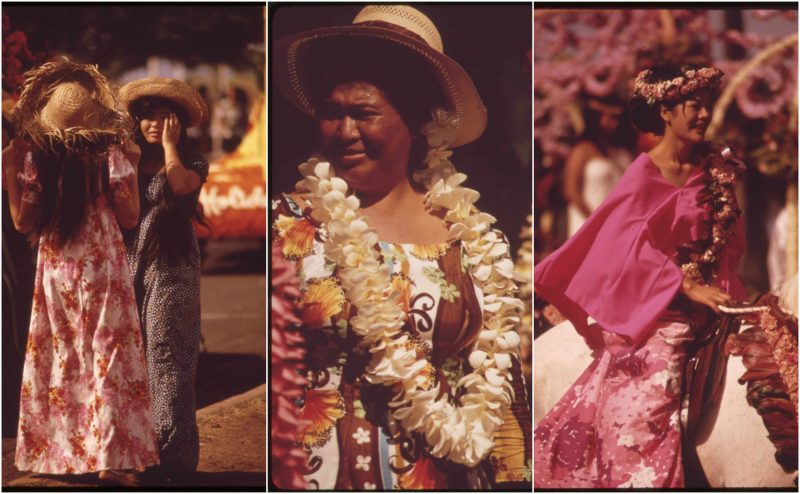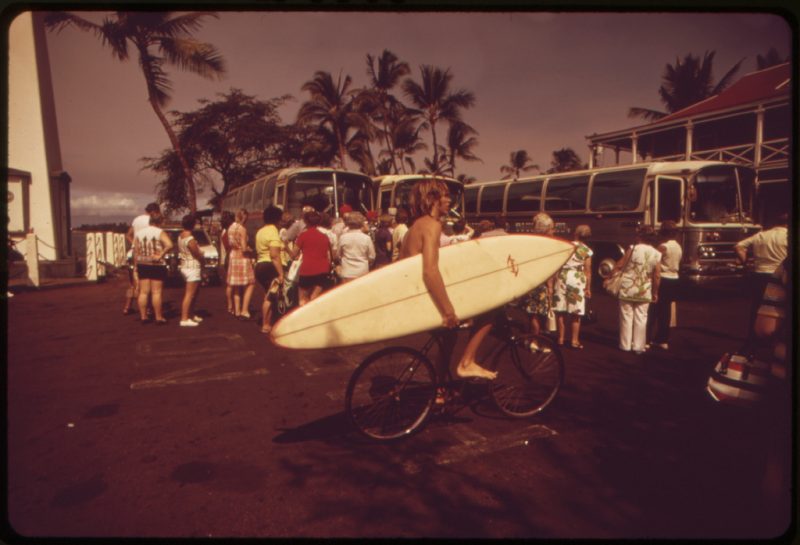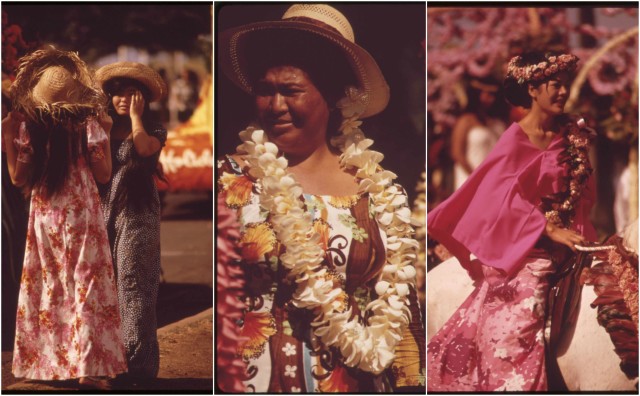
Hawaii is the island that instantly reminds you of exotic beauty, ancient customs and refreshing Piña colada, right? American photographer of National Geographic, Charles O’Rear captured the beauty of Hawaii in 1973 and documented the everyday life, the island’s cultural customs and heritage such as Aloha Week.
The Aloha Festivals are an annual series of free cultural celebrations observed in the state of Hawaii in the United States. It is the only statewide cultural festival in the nation. It features concerts,parades, street parties called ho‘olaule‘a as well as various other special events planned for resident and tourist families. The festivals used to be multi-island, but it has since been scaled down to just the island of Oahu.
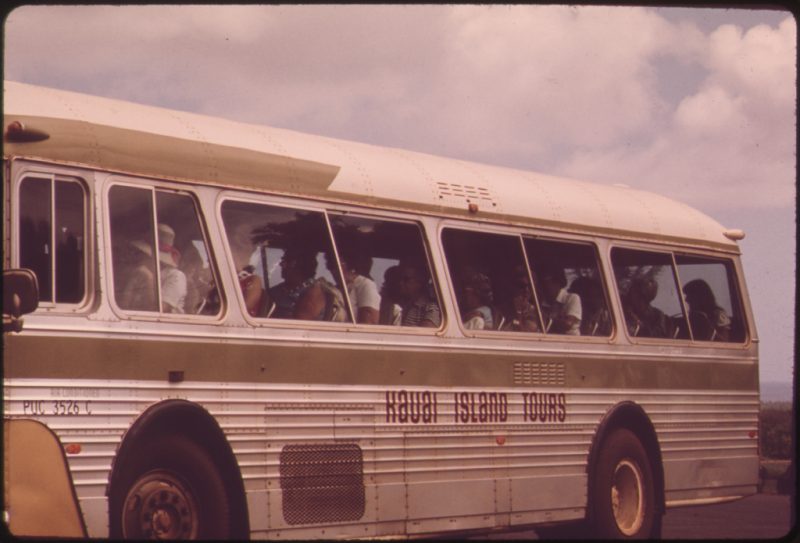
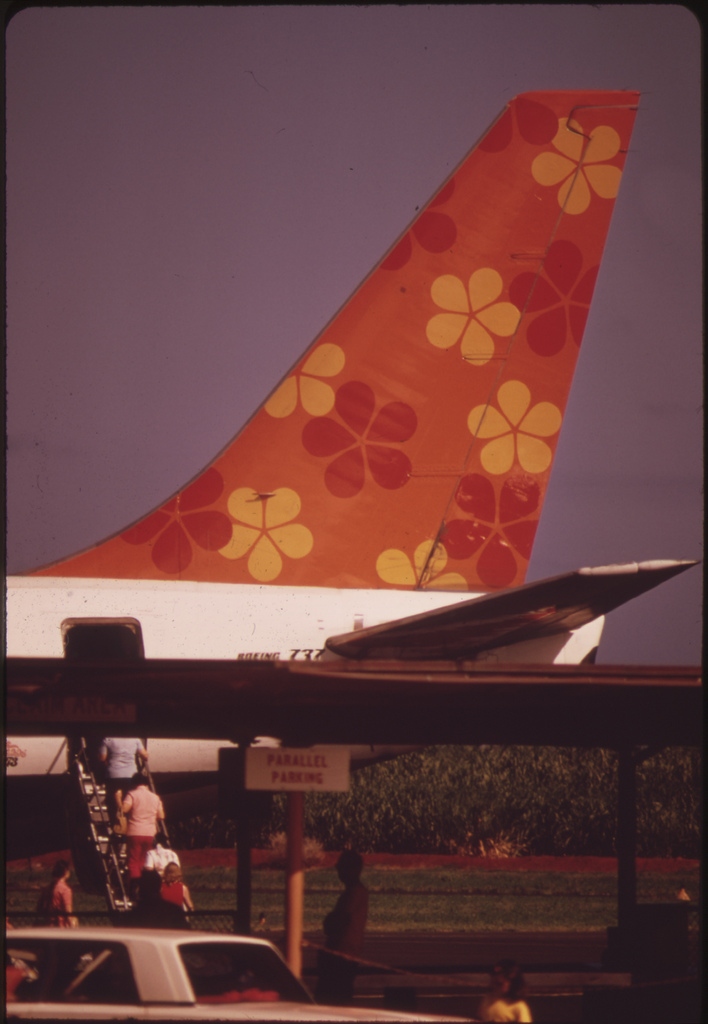
In the spirit of preserving the Hawaiian culture and heritage, the Aloha Festivals were established in 1946 as Aloha Week by former members of the local Junior Chamber of Commerce. The former manager of the festivals, Goriann Akau, has said, “In 1946, after the war, Hawaiians needed an identity. We were lost and needed to regroup. When we started to celebrate our culture, we began to feel proud. We have a wonderful culture that had been buried for a number of years. This brought it out again. Self-esteem is more important than making a lot of money.”[1] Aloha Festivals now consists of 4 festivals events during the month of September and highlights are the presentation of the Royal Court, a block party with vendors and performers in the heart of Waikiki, and the Floral Parade which marches from Ala Moana Boulevard down through Kalakaua Avenue. Approximately 30,000 people volunteer to plan, organize, and provide labor for the Aloha Festivals each year. Their efforts entertain over 1,000,000 people from throughout the state and visitors from all over the world.
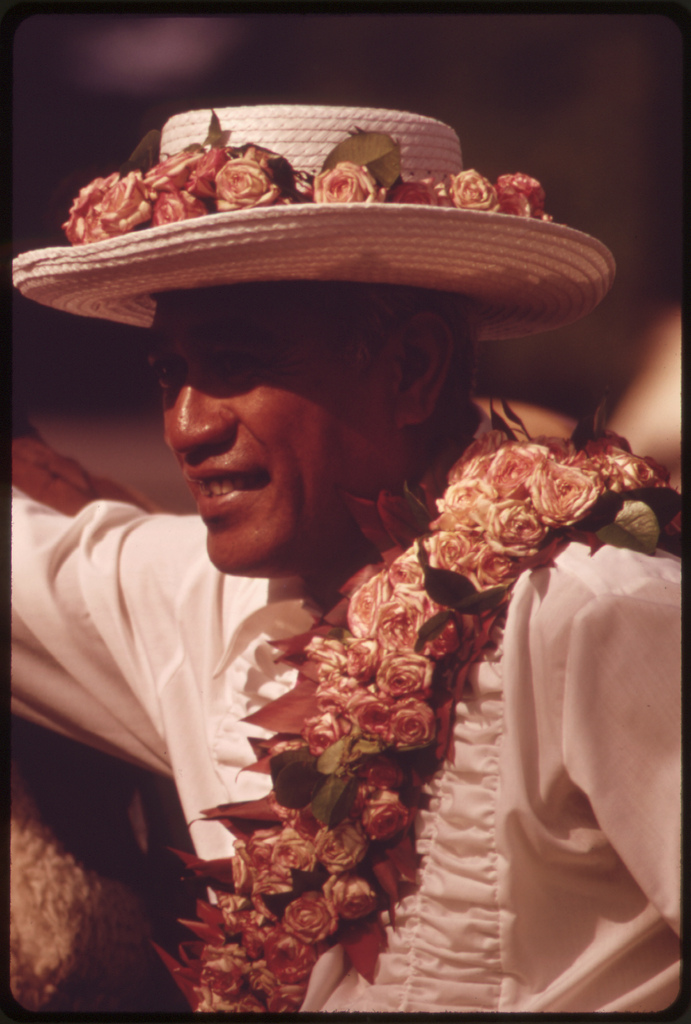
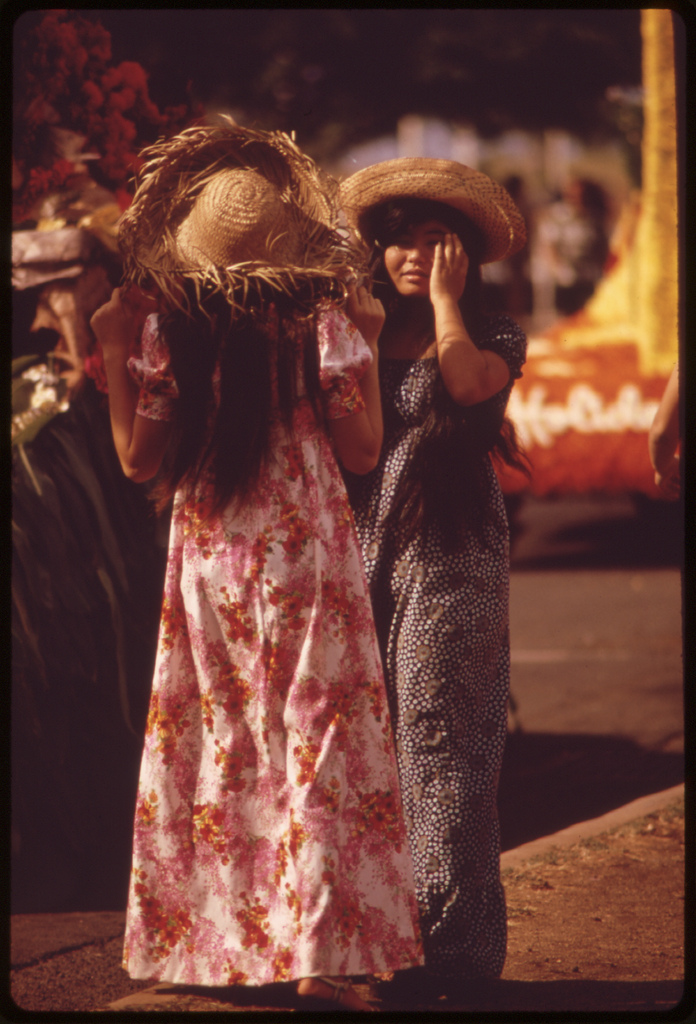
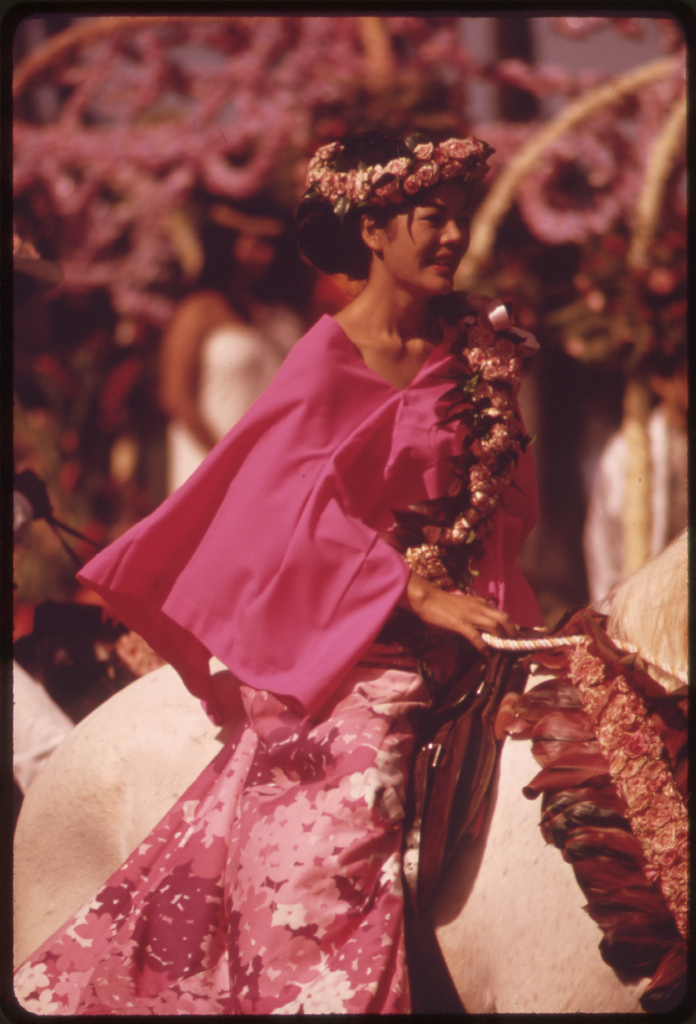
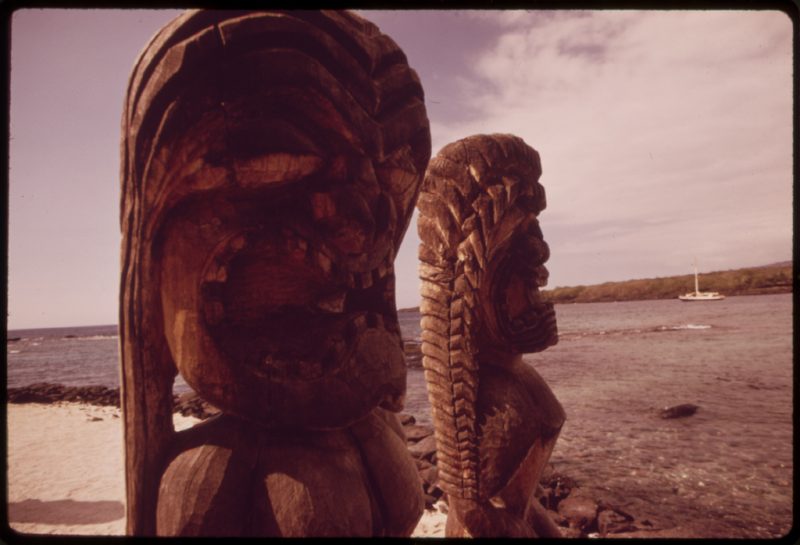
This are Ancient statues in the city of refuge national historic park near Honaunau on the western side of the island.
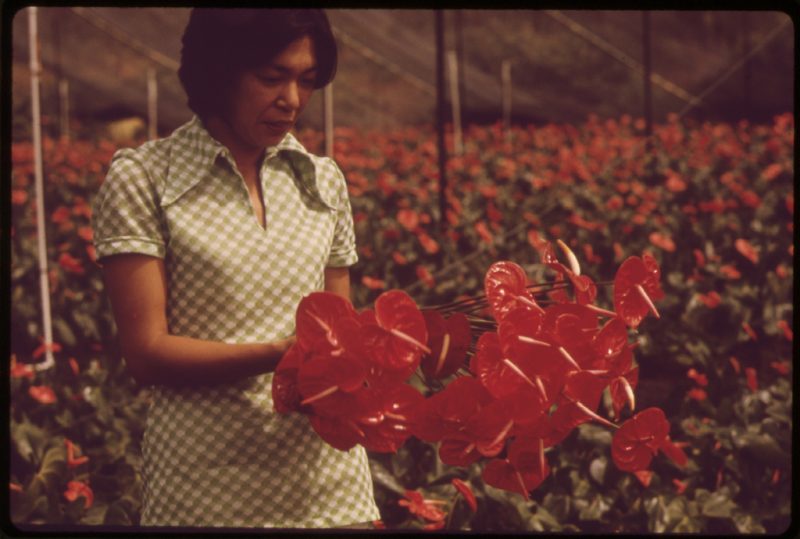
At Hawaiian Greenhouse, Inc, near Pahoa, anthuriums grow under a sun screen. This area is entirely agricultural
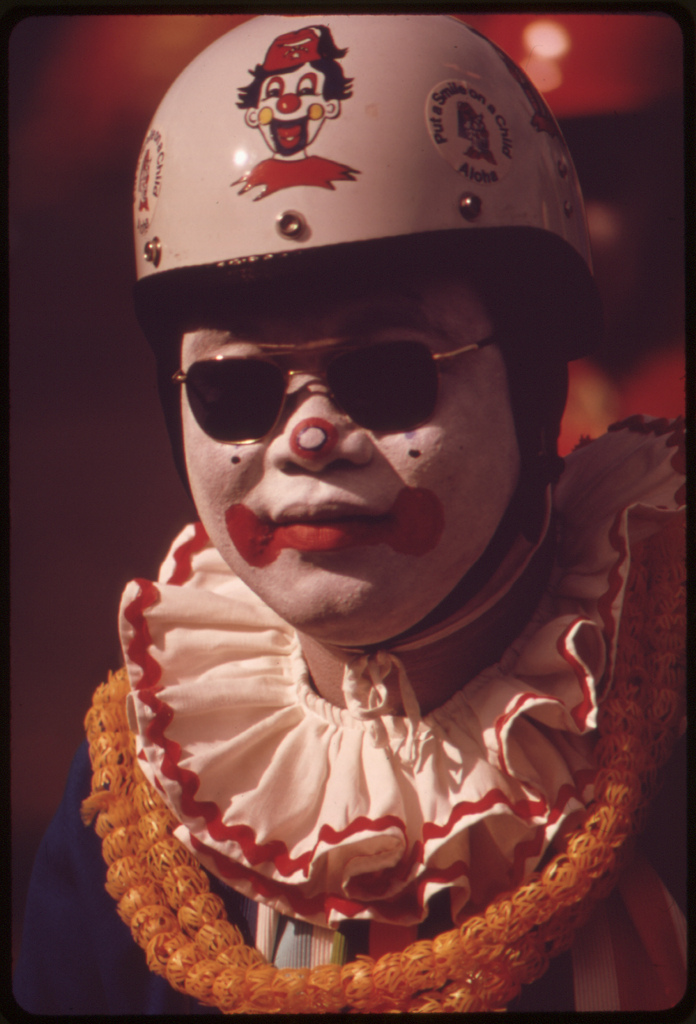
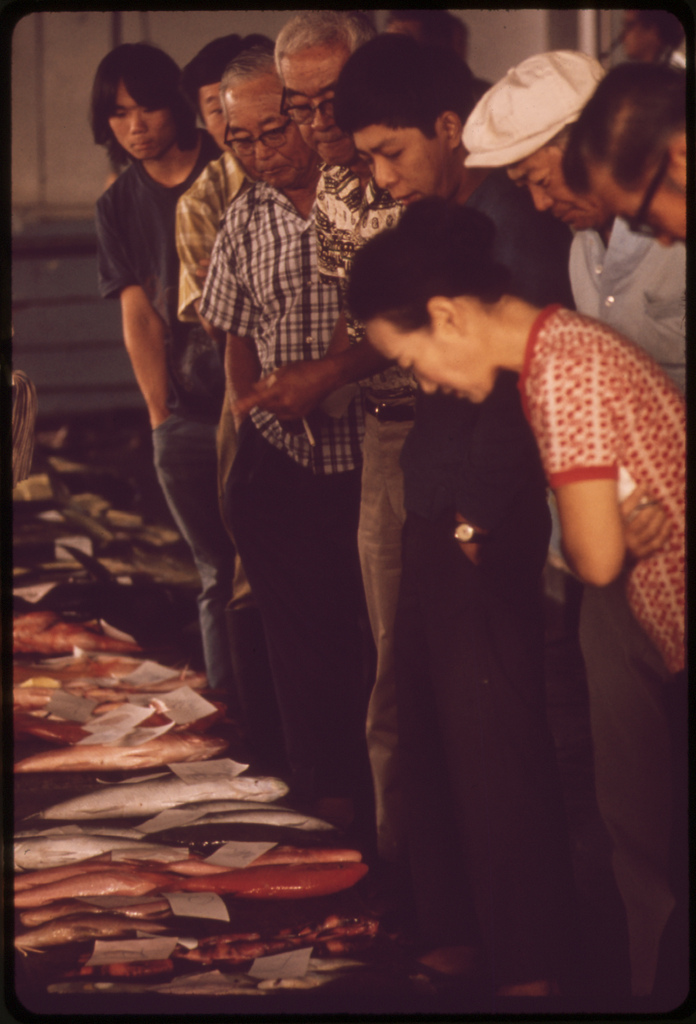
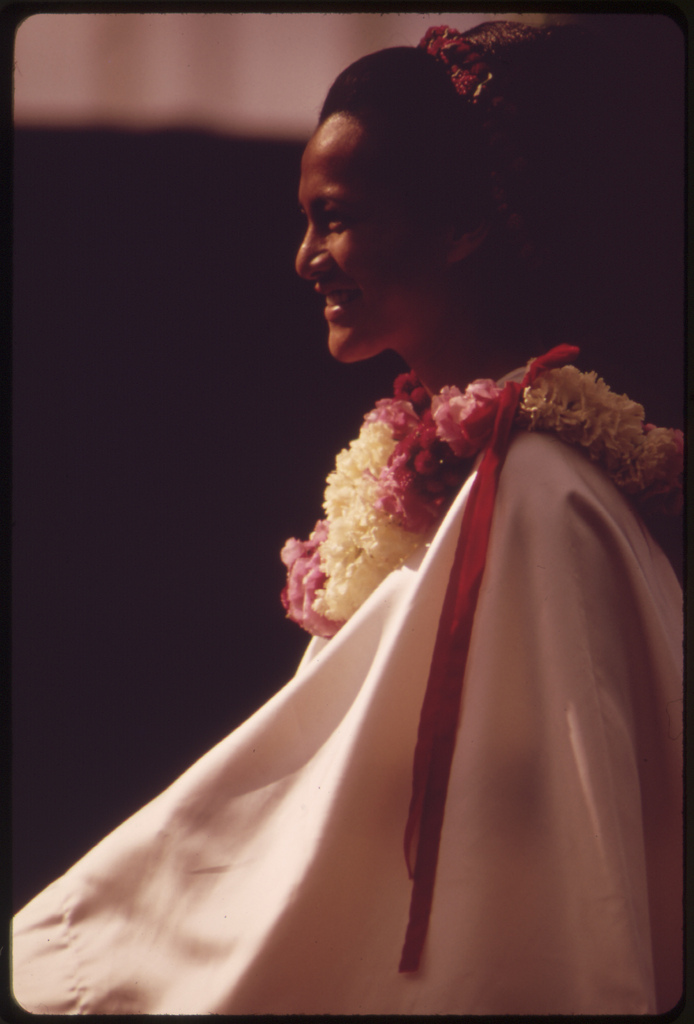
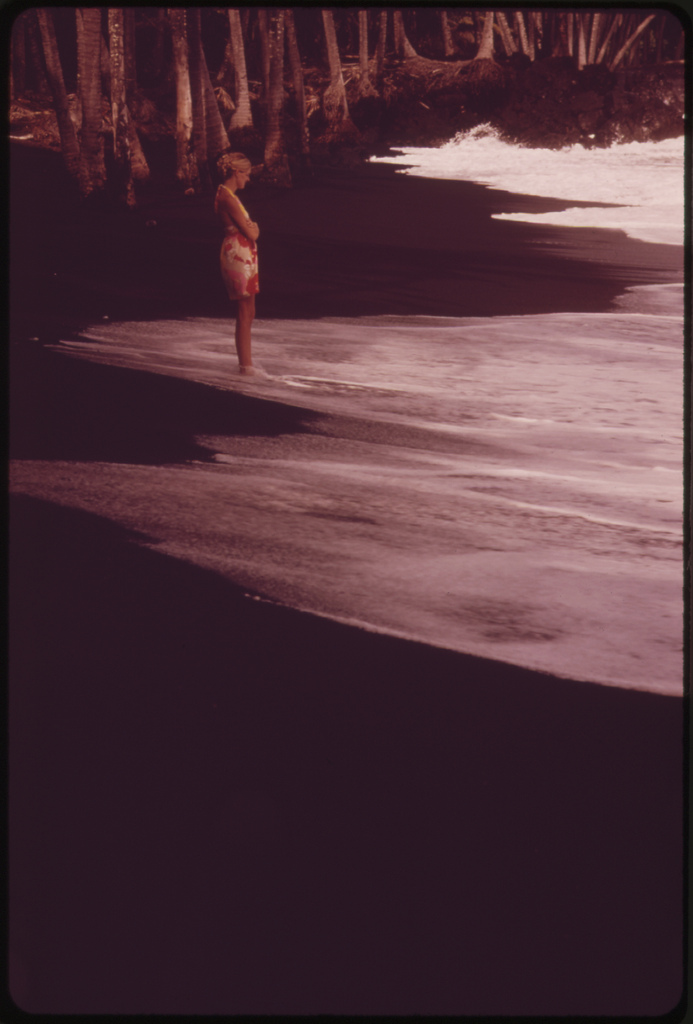
The famous Black Sand Beach at Kaimu, is created by lava runoff and a favorite tourist stop.
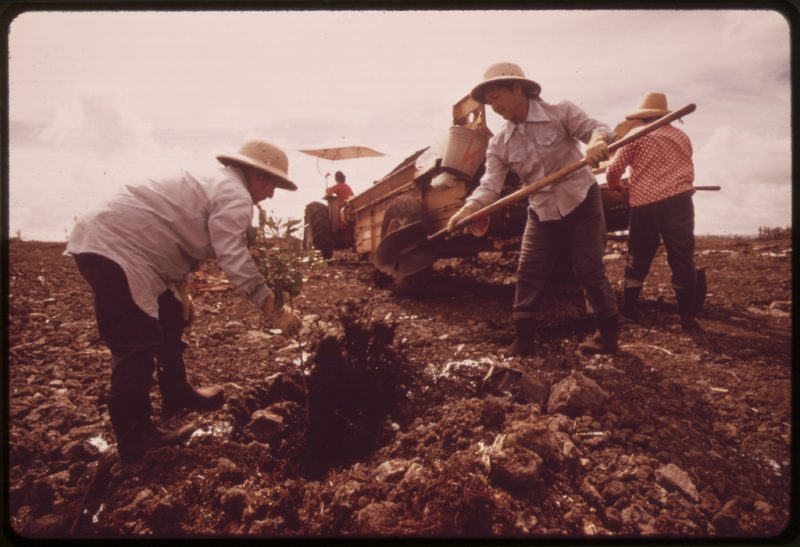
10,000 acres of the island of Hawaii is devoted to growing macadamia nuts, and production is increasing.
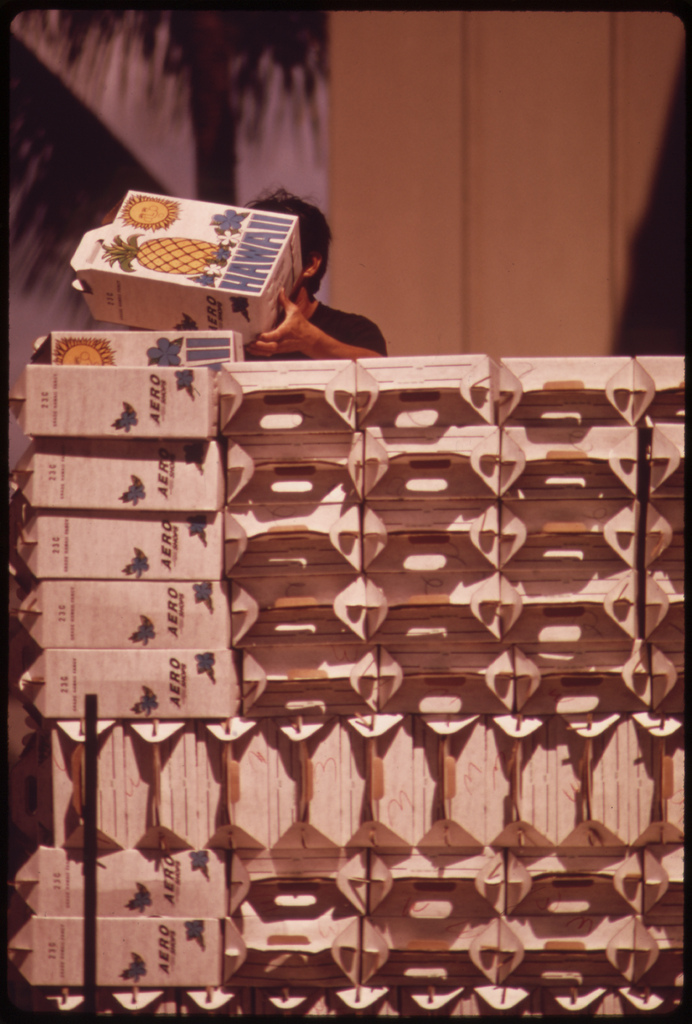
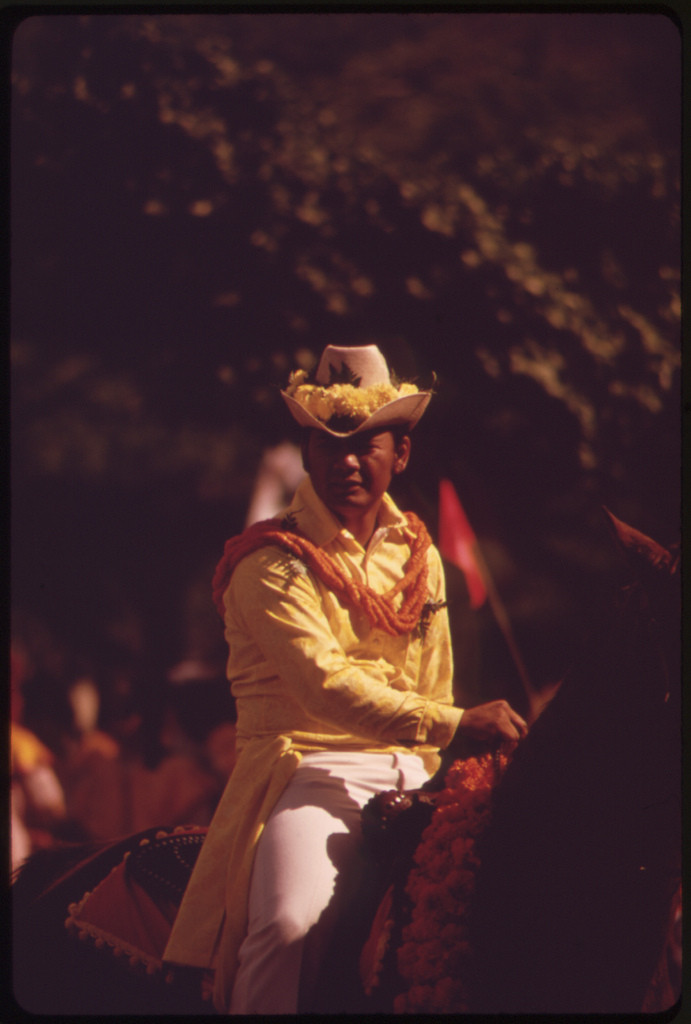
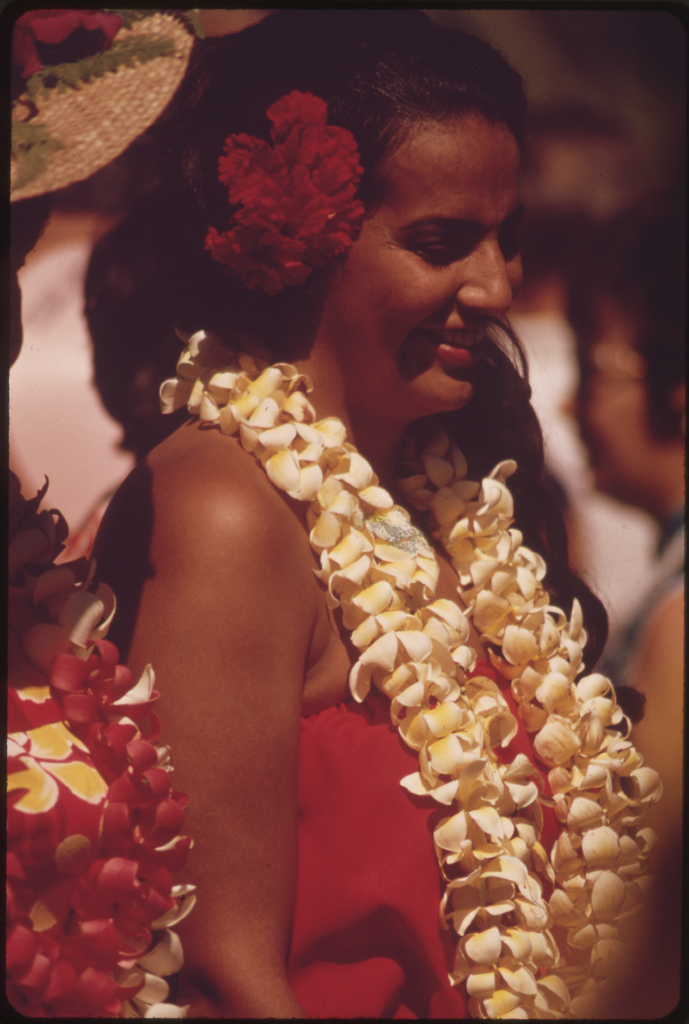
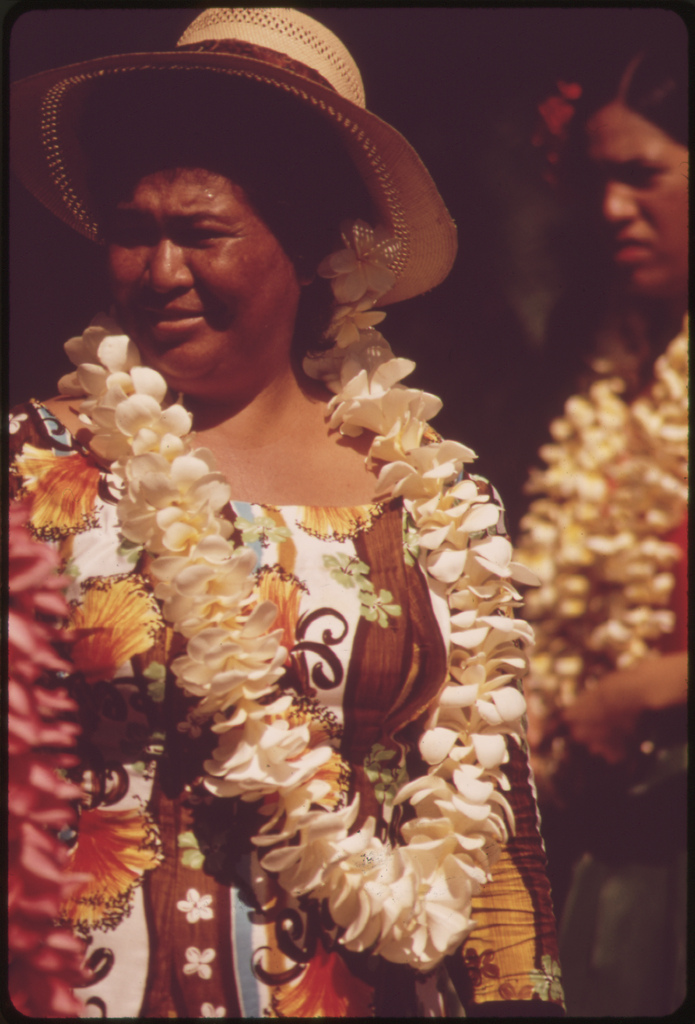
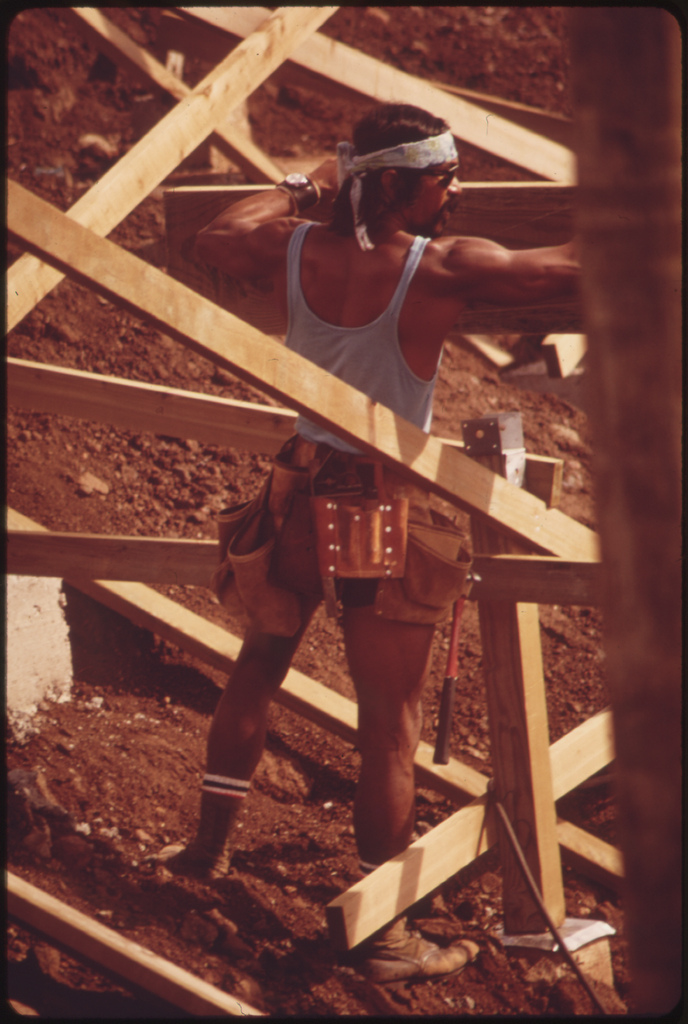
Hawaii-kai, built on a swamp and a hillside, is a fast growing area east of downtown Honolulu. Scarcity of land and skyrocketing costs are favoring construction of town houses and high-rise apartments over the once dominant single-family units.
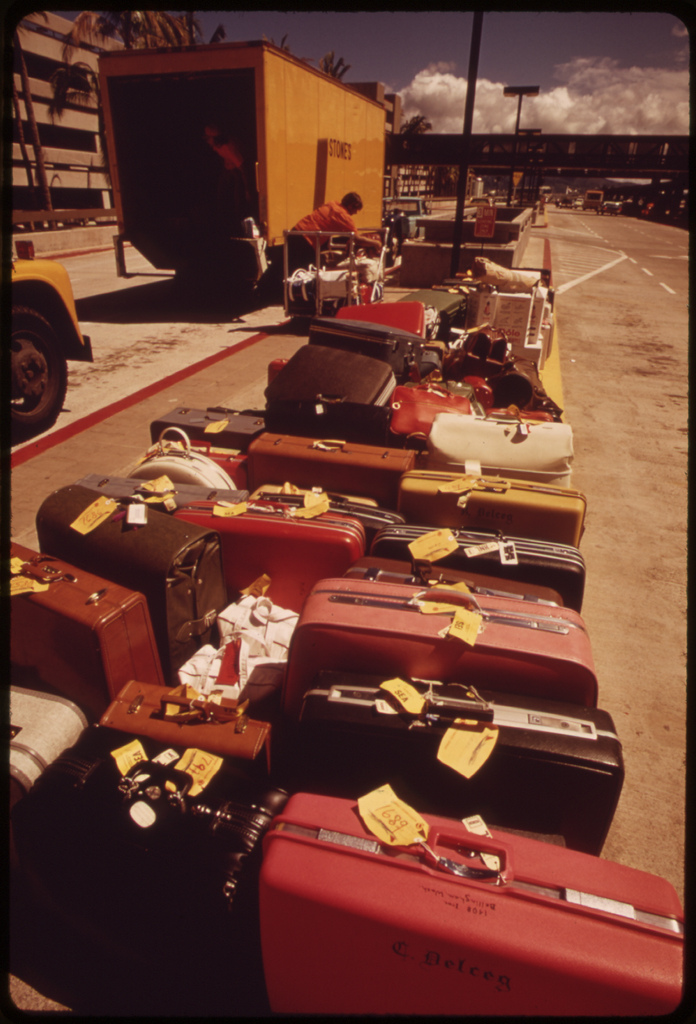
Honolulu International Airport handles almost all of the island’s visitors. Some 2.7 million are anticipated in 1973.
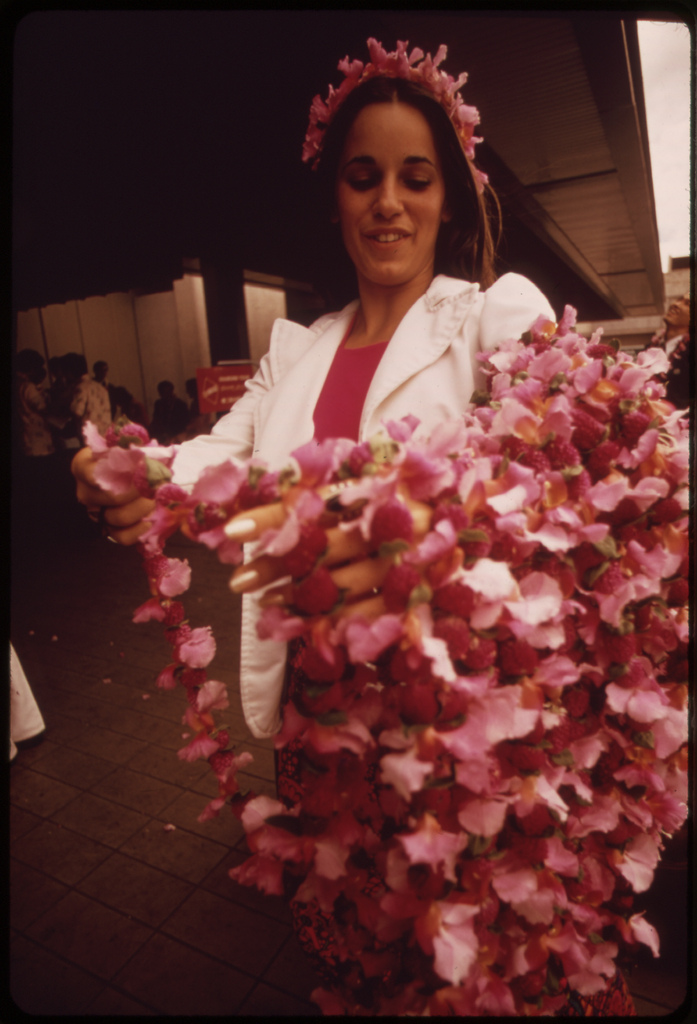
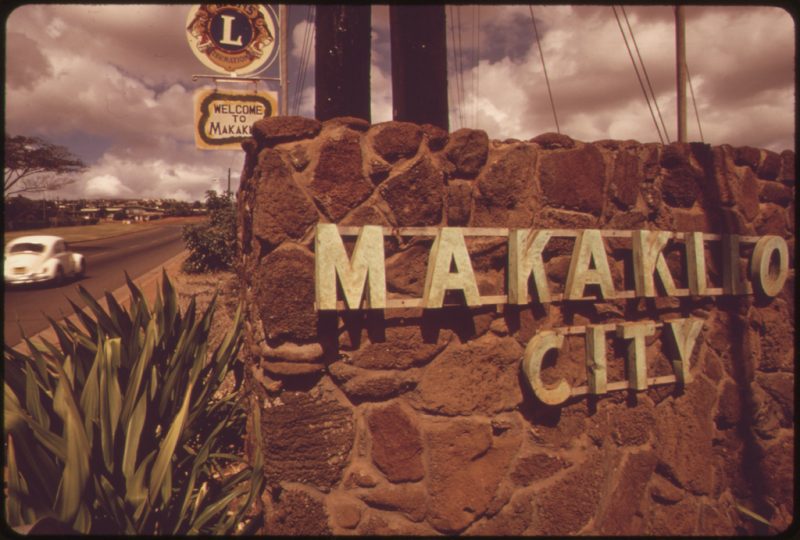
Makakilo is built on a dry, rock slope. Environmentalists hailed its designation for urban development, made ten years ago because it was clearly not suitable to agriculture.
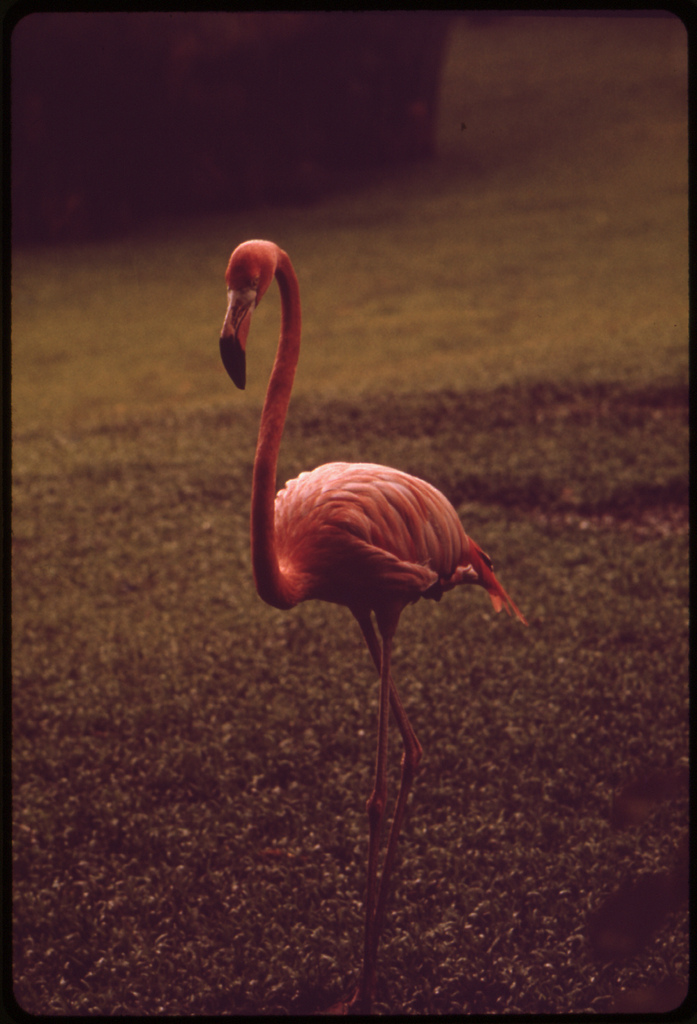
Paradise Park, a commercial enterprise designed to display some of the natural beauty of the island, is in a conservation district which is primarily forest and water reserve land.The State Department of Land and Natural Resources controls land use in “conservation” zones.
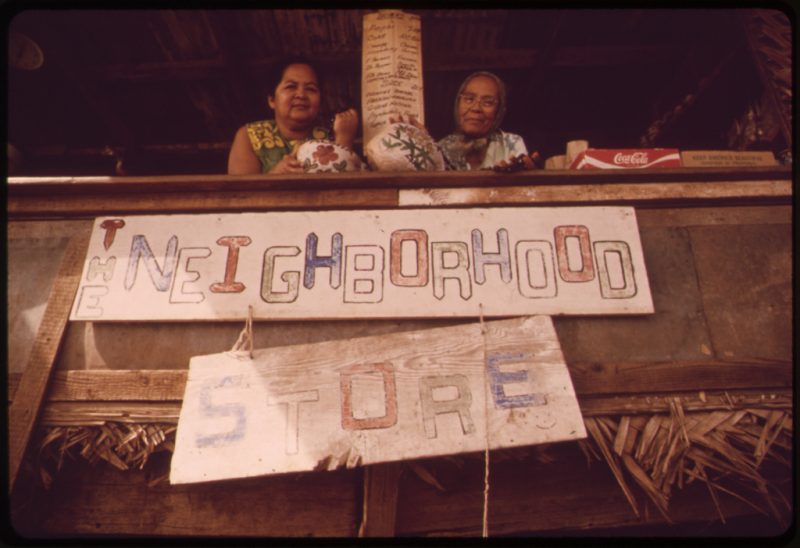
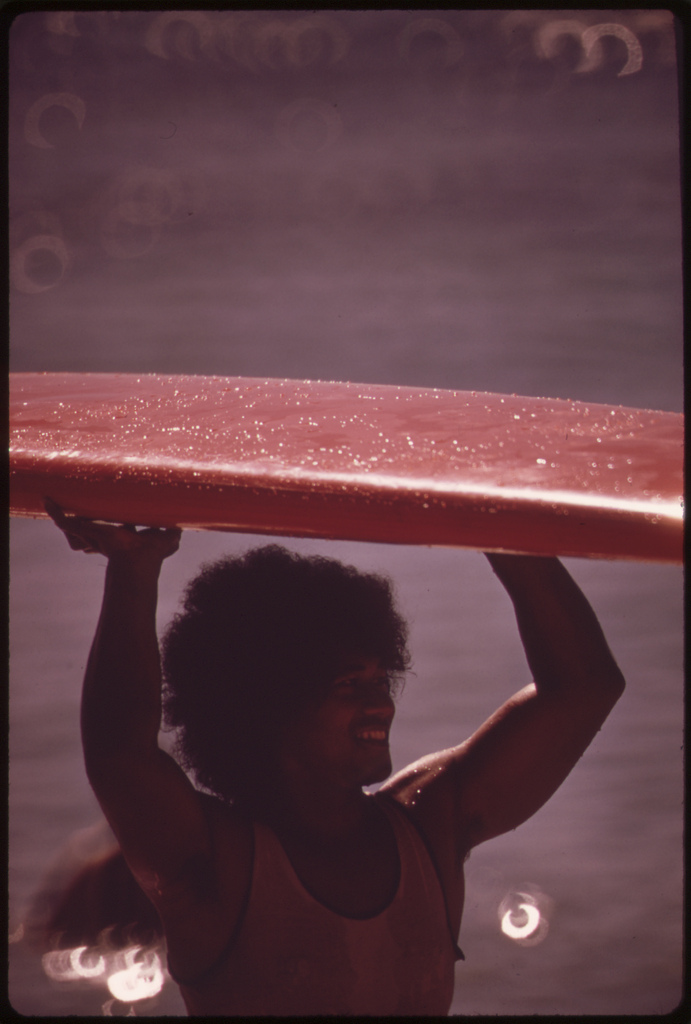
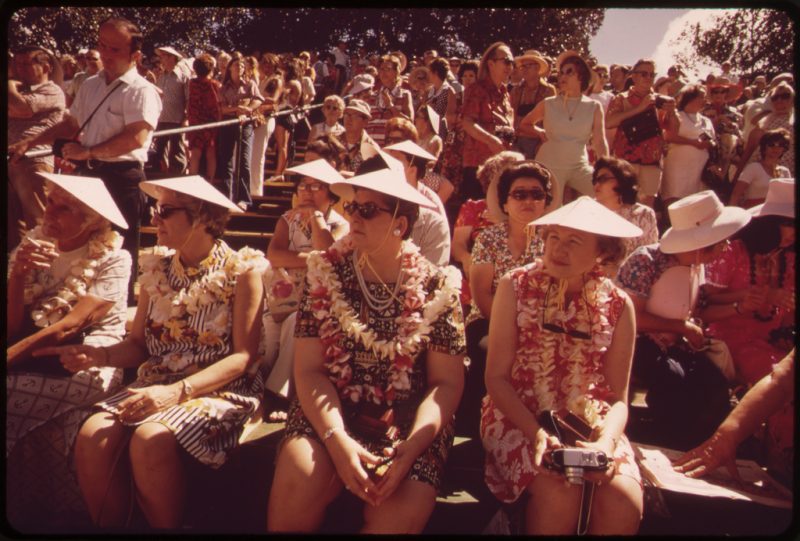
The tourists who do the hula dance are rewarded with leis.
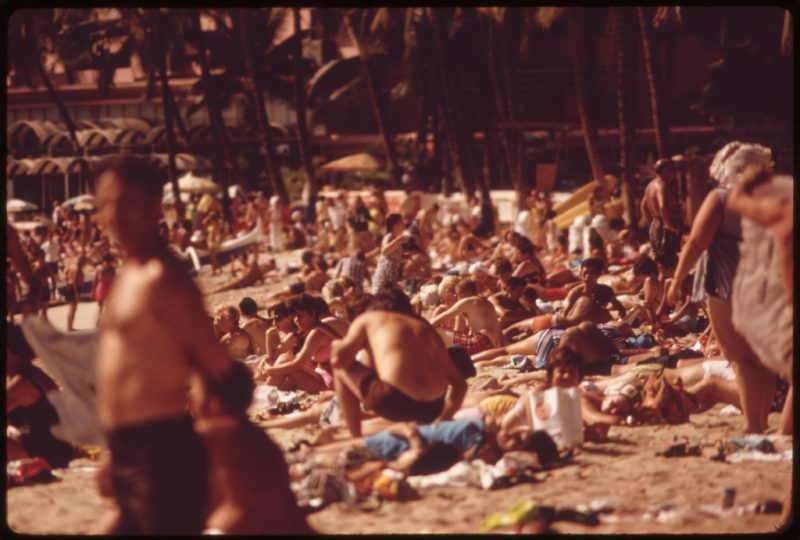
Waikiki Beach is the most popular tourist spot on the island there are 26,000 hotel rooms on Oahu. Most of them are in the Waikiki area.
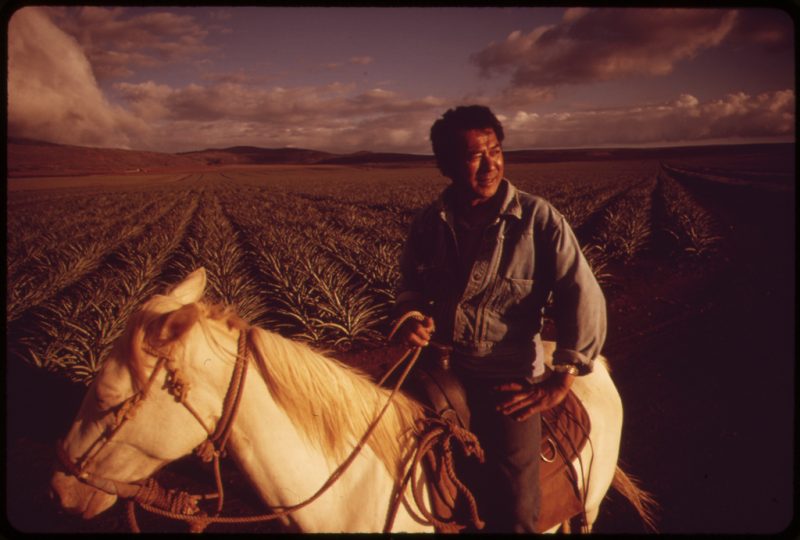
With pineapple fields as his arena, Henri Aki takes his horse for a late afternoon training session near Lanai City. Pineapple growing takes up 16,000 acres of the island’s territory.
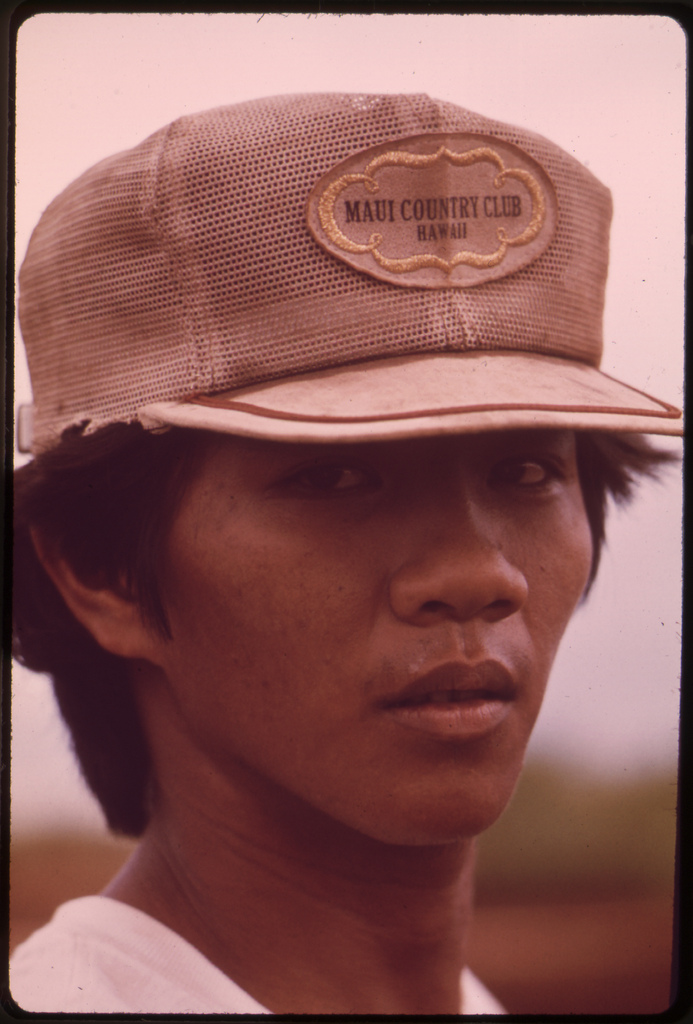
Young sugarcane field worker. His hat symbolizes effects of tourism and affluence.
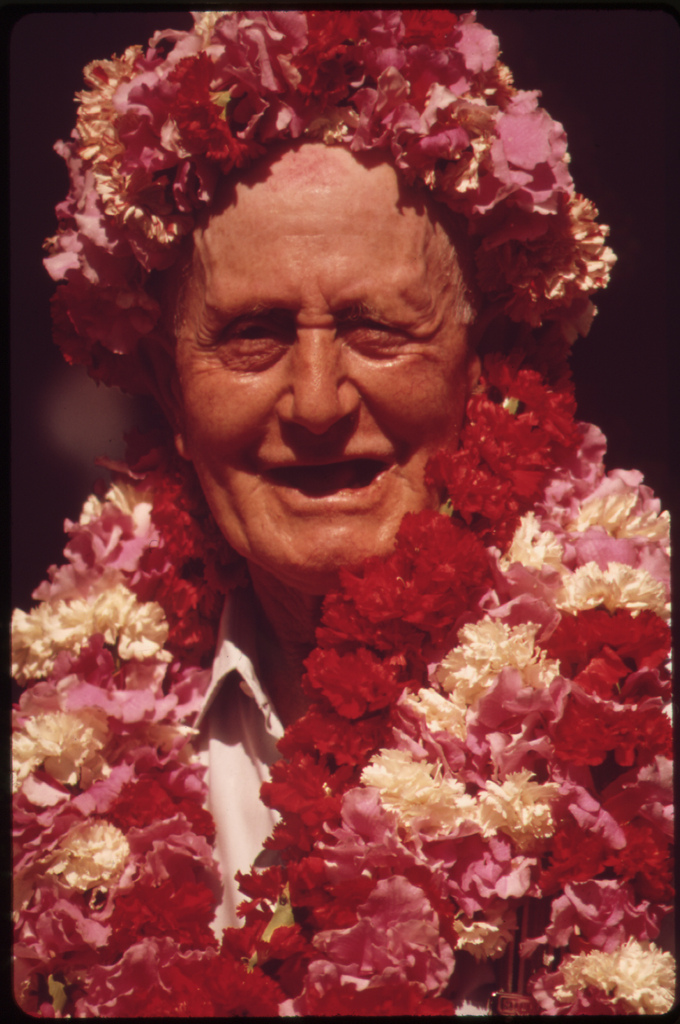
This tourists has acquitted herself well at a hula dance demonstration. The leis are her rewards.
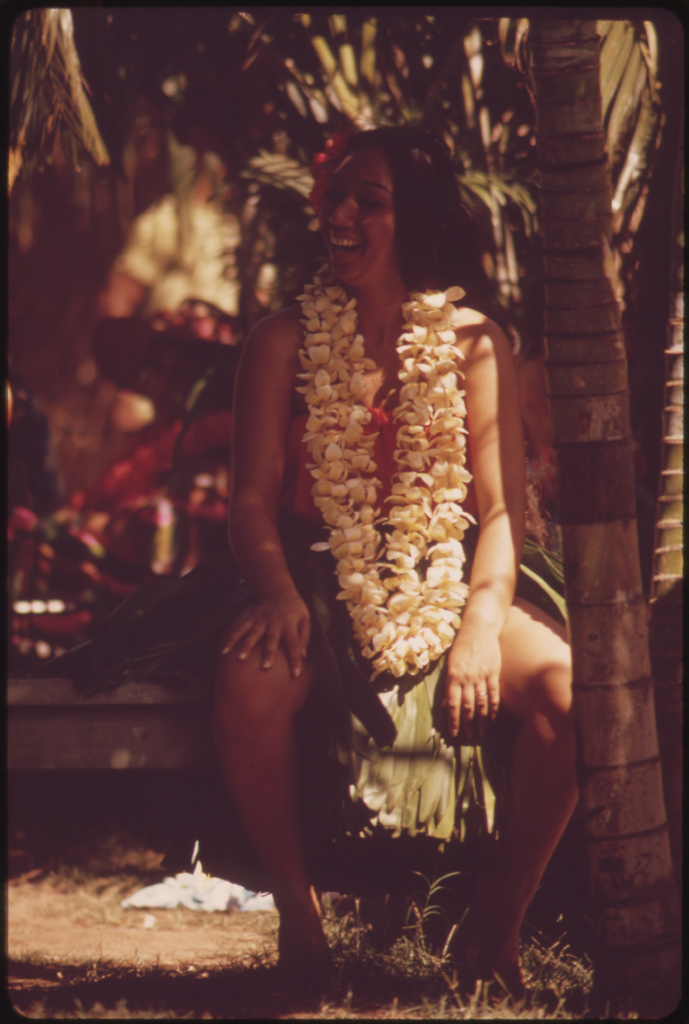
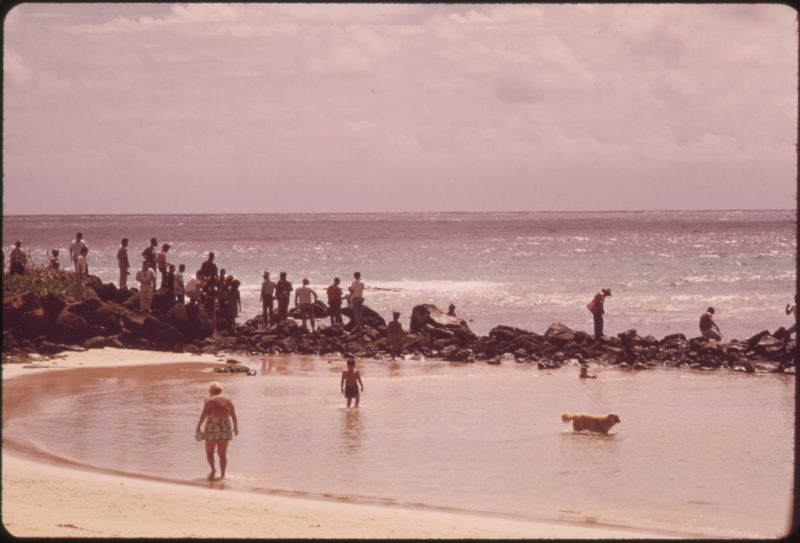
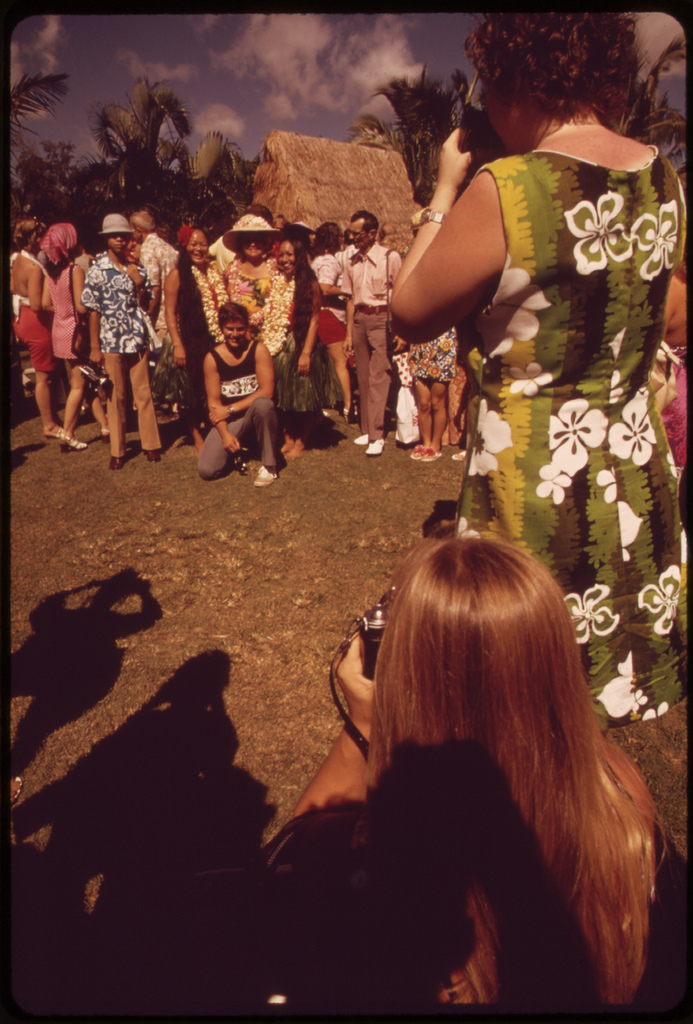
All photos By: The U.S. National Archives
